Narva
I had never heard of this little town before, but its position right on the Russian border drew my interest. 95% of the population are Russian, and that ‘s all you hear. Estonians told me if you hear the national language you turn around, because you probably know the person.The most unique thing: I cannot think of one place where the flag of the EU is flying within a few hundred meters of the Russian flag.
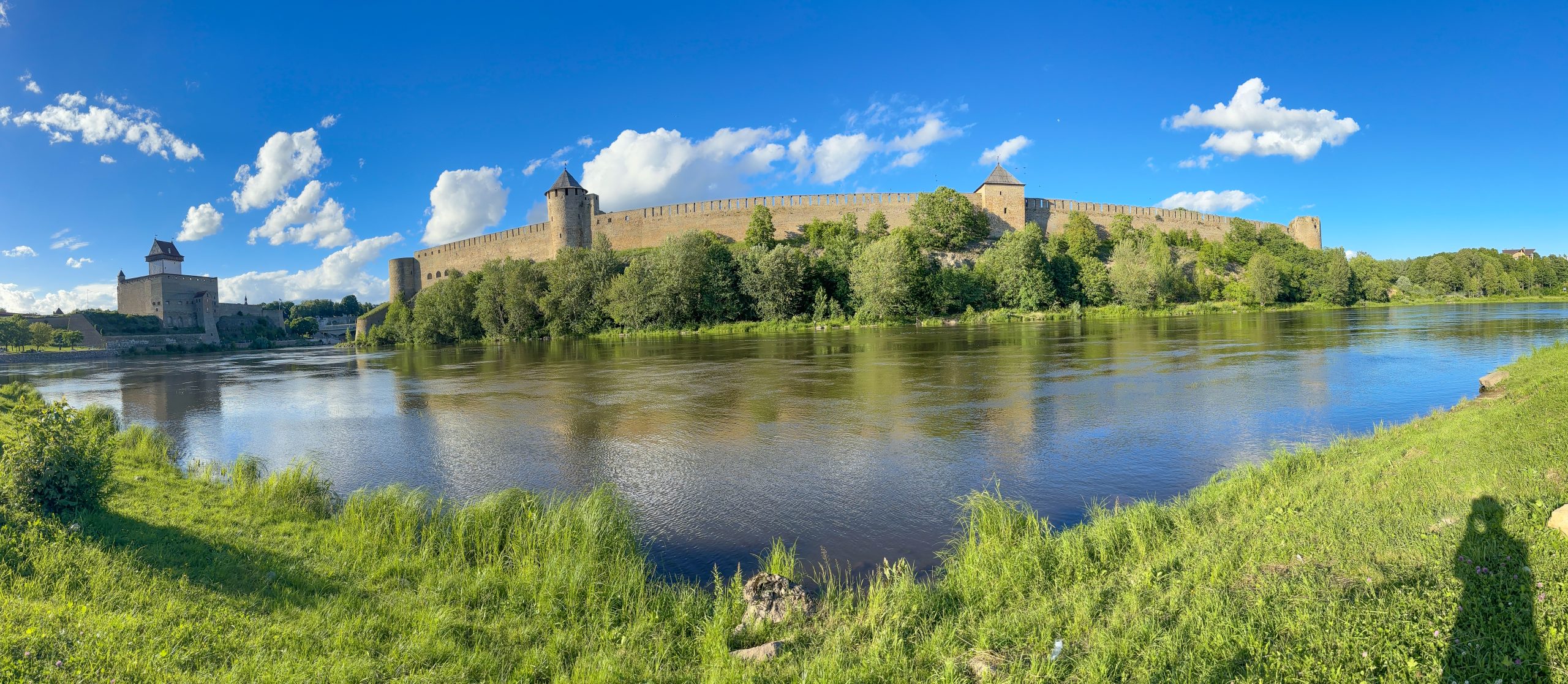
Hermann Castle on the left is in Estonia- large Ivangorod Fortress is in Russia- the borders runs through the river
I tried to get to a gigantic fortress that I saw from my hotel window. Google led me to a bridge, where people were lining up to get across: I was standing at a Russian border check point, the fortress was in Russia.
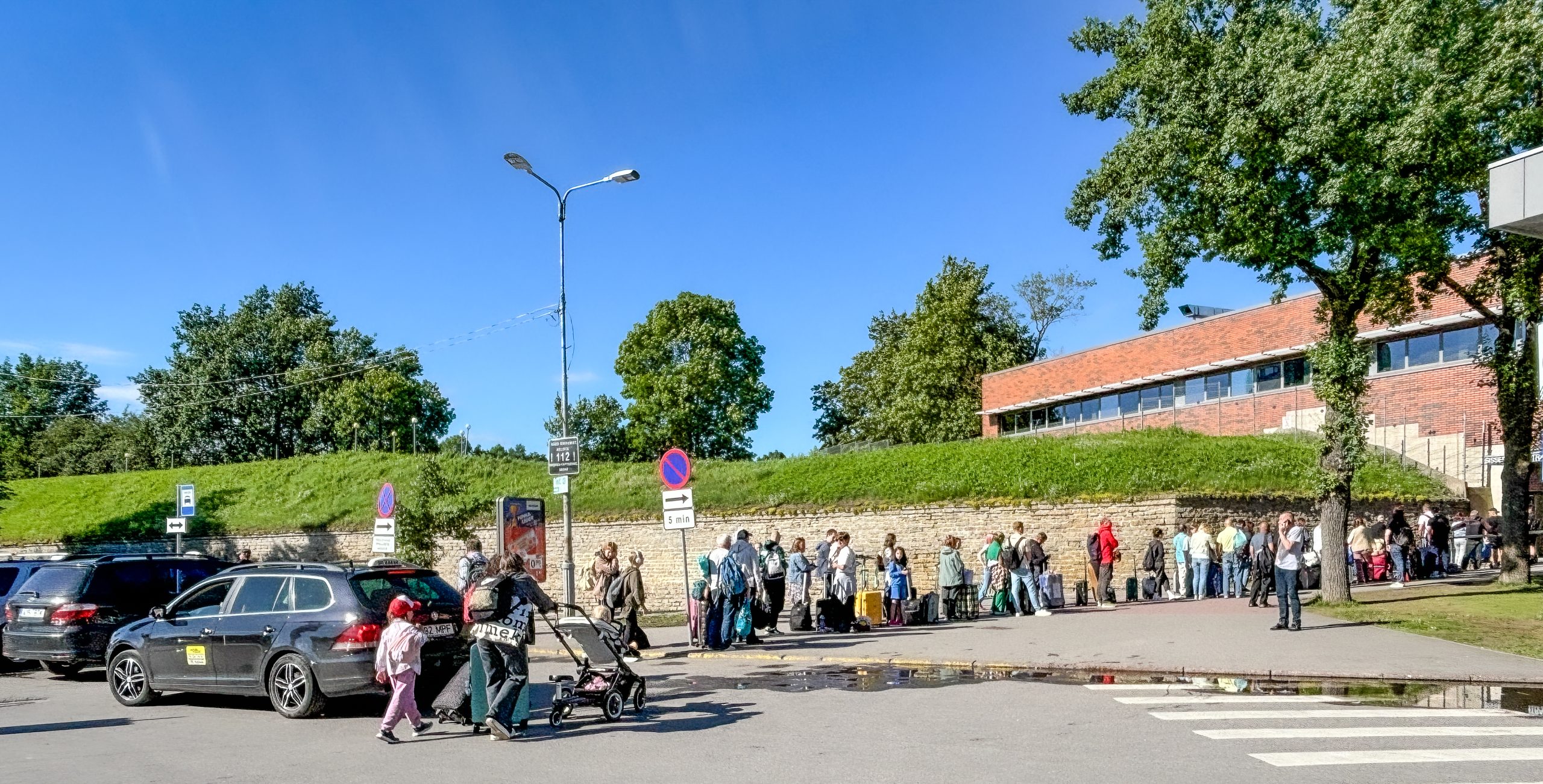
Bus service between Estonia and Russia has stopped, so people walk across the bridge to get on the bus at the other side.
The final proof: the flag of the Russian Federation was flying from the top. The border runs through the river, life is pretty much the same on both sides: men were fishing and families walking their children. The most peaceful place, considering the news that run across TV screens about this region. There is a smaller fortress on the Estonian Side, one photo shows both fortresses, only seperated by small river.
Abandoned Kreenhold textile factory
The highlight was a visit to the abandoned Kreenholm textile factory, the largest in Europe when it was built in 1857, powered by water, as history photos/paintings
I joined a tour, which was in Russian, but a young man who spoke fluent English helped me out and translated. His grandmother had worked at the factory. He told me how hard the working conditions while the factory was owned by the Kreenheolms, the salary was 15 Rubel, 1/3 was spent on paying for the cramped quarters 1/3 for food, both the living quarters and the shops belonged to the factory owner. If the textiles were of poor quality this was deducted from the pay. Anybody found smoking or even carrying a match, was immediately fired. I did not quite understand, but obviously the material used was highly flamable. This is why water tanks were installed in towers all over the factory, which consisted of many buildings.
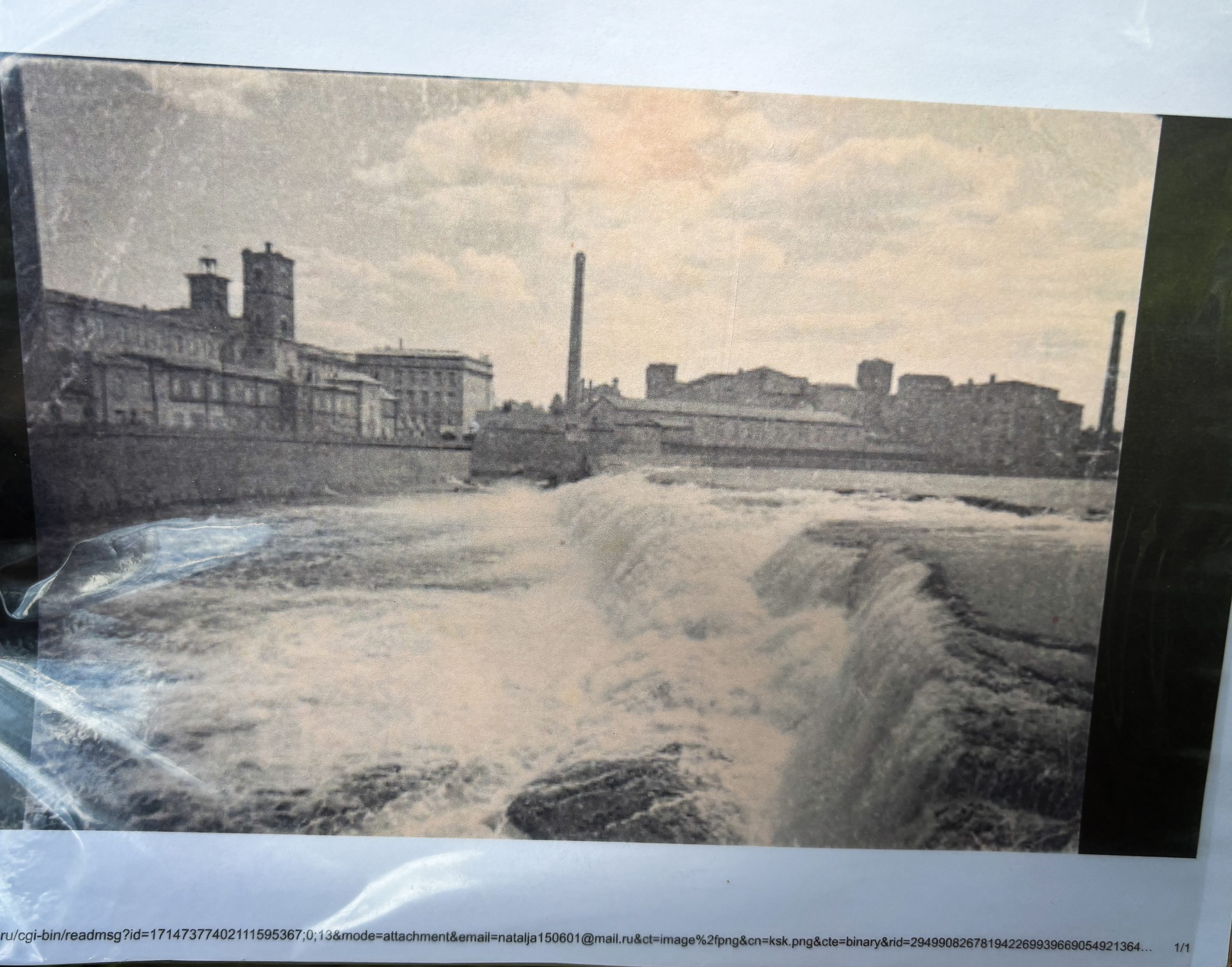
Historic photo of Kreenholm textile factory showing the cascade and the massive water XX that helped powering the plant
During its heydays in the 1980s, 12.000 people worked on the machines. In 2007 it finally closed its gigantic gates, with that the city lost its main employer. Nature slowly takes over giving the whole place a bit of a morbid feel.
http://www.narvagate.eu/eng/history.html#:~:text=On%20April%2030%2C%201857%20the,spindles%20were%20set%20to%20work.
The next train ride took me to Tartu, again lots of
Duration: 2,5 hour Tallinn-NarwaTartu:

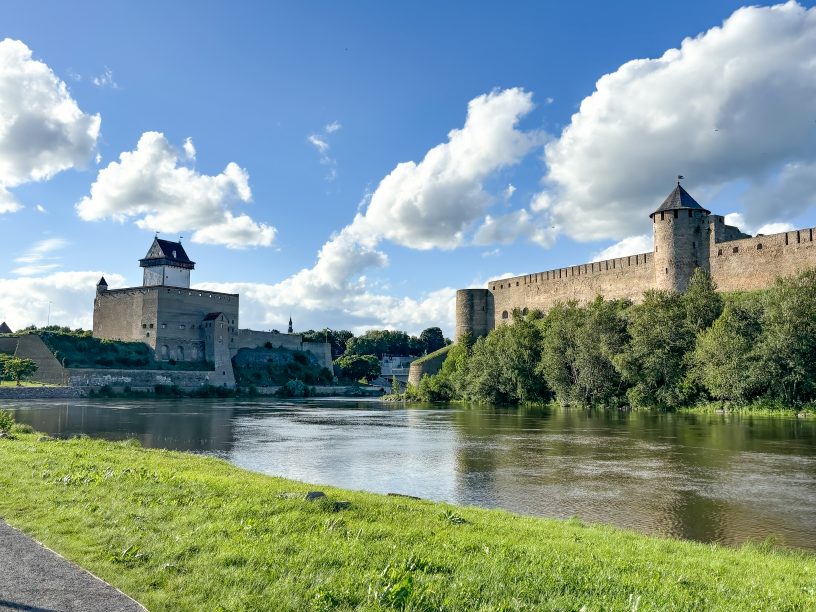
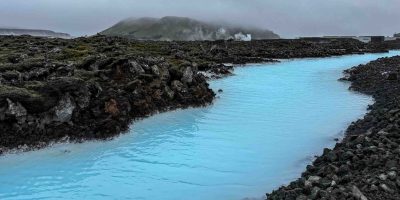
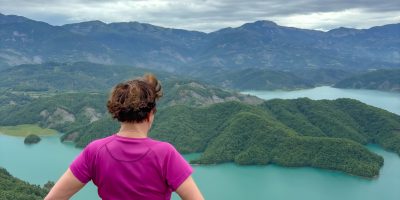
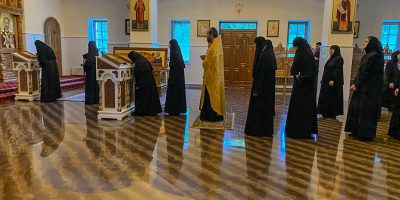
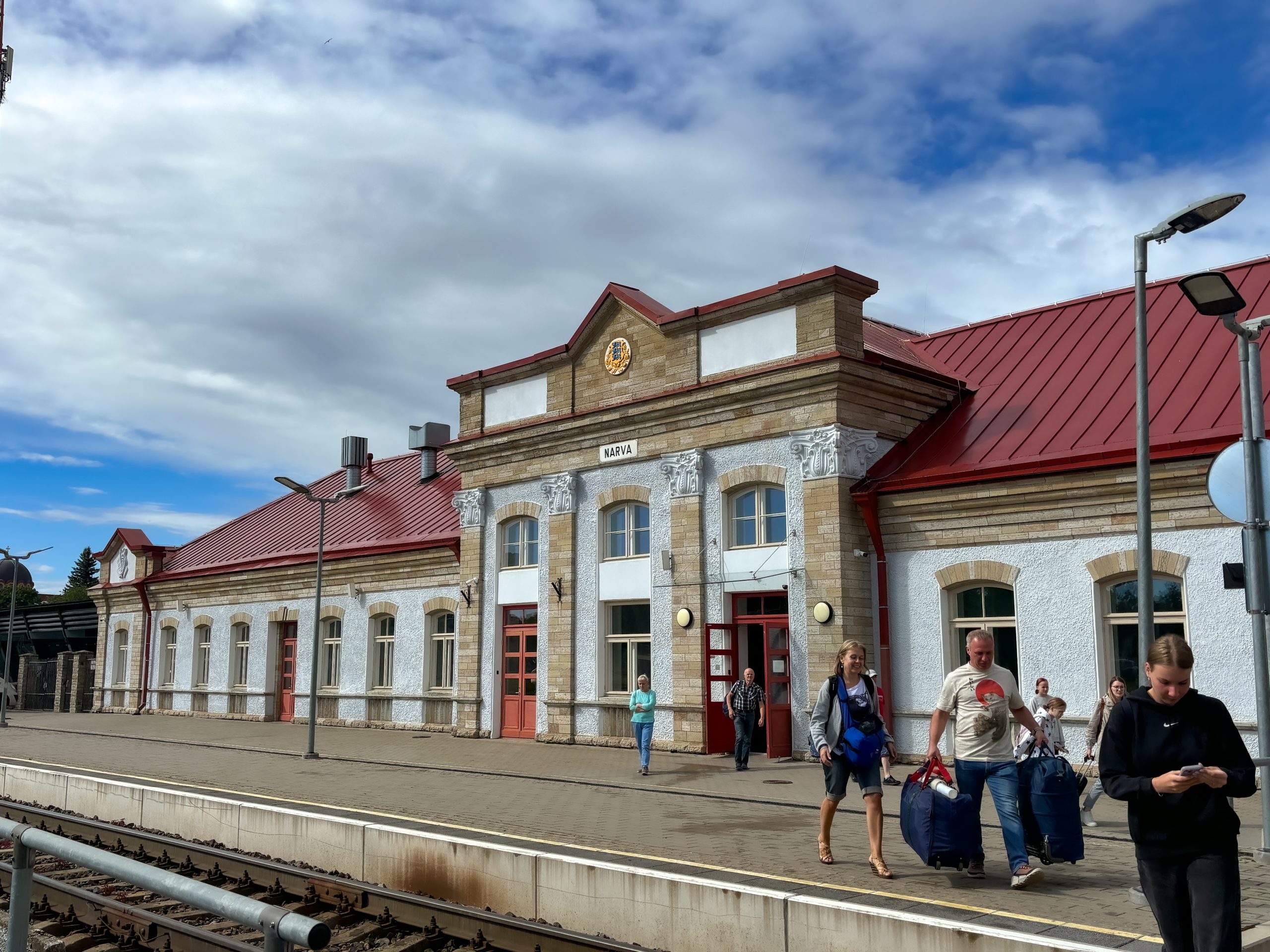
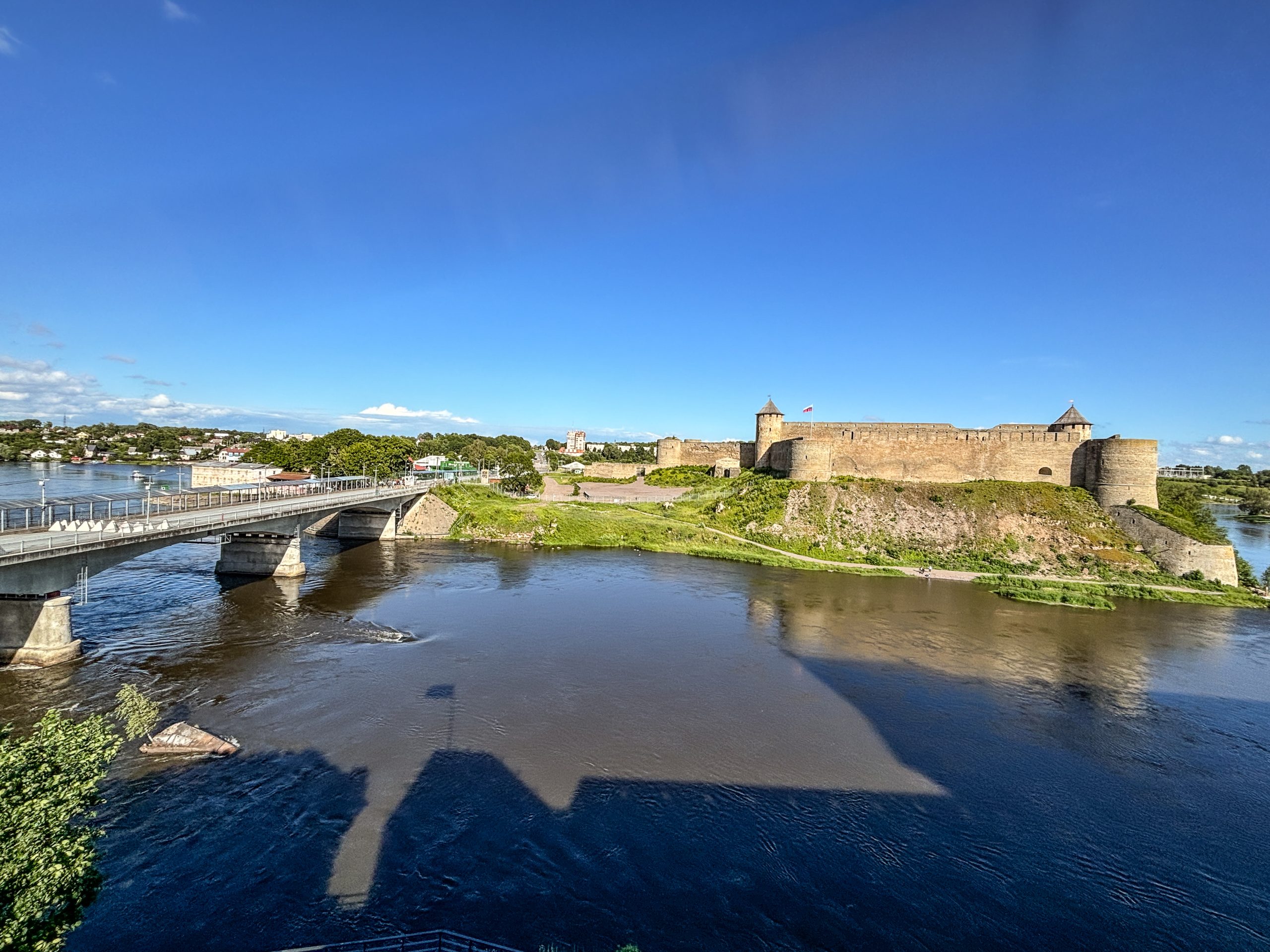
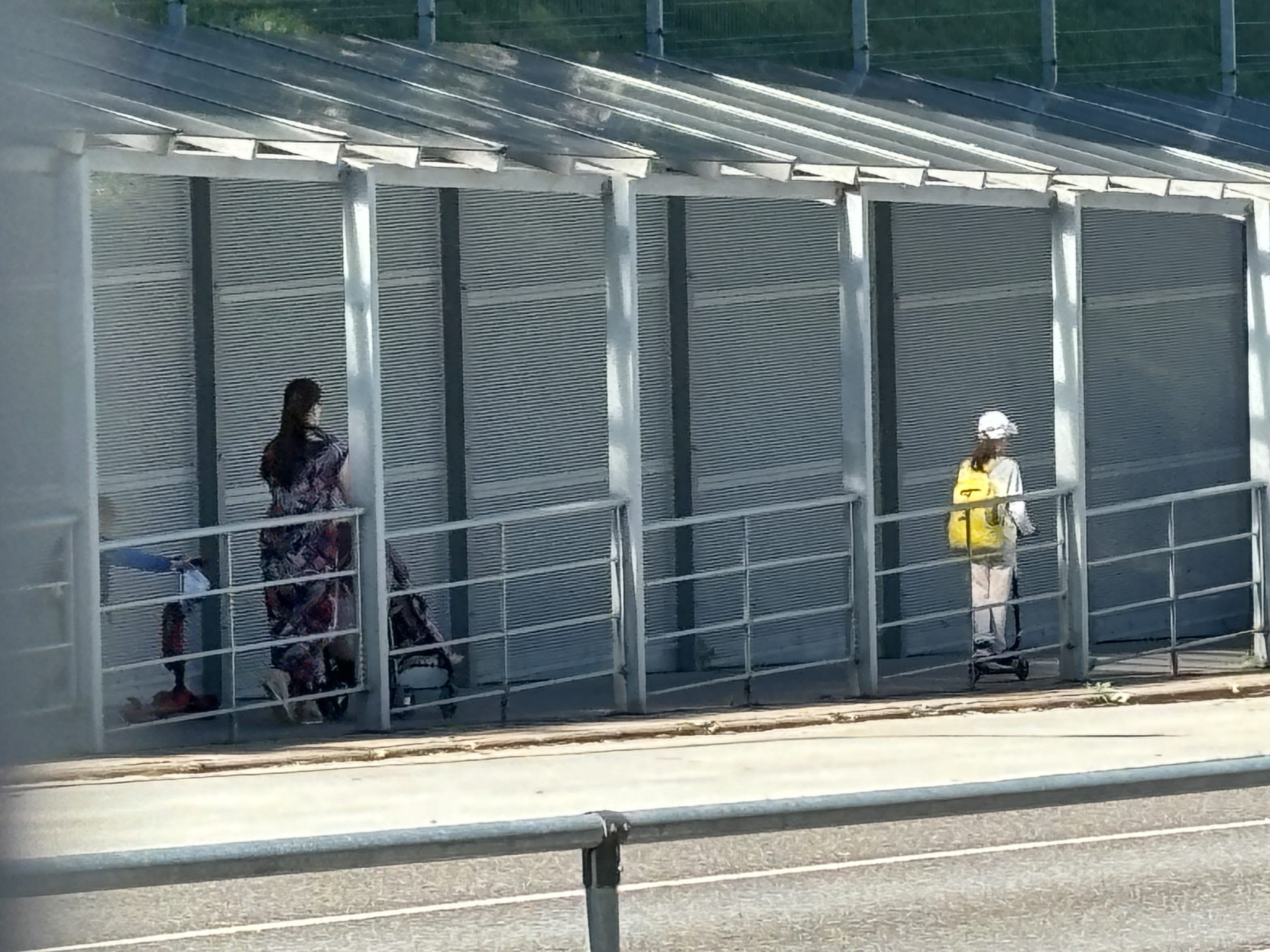
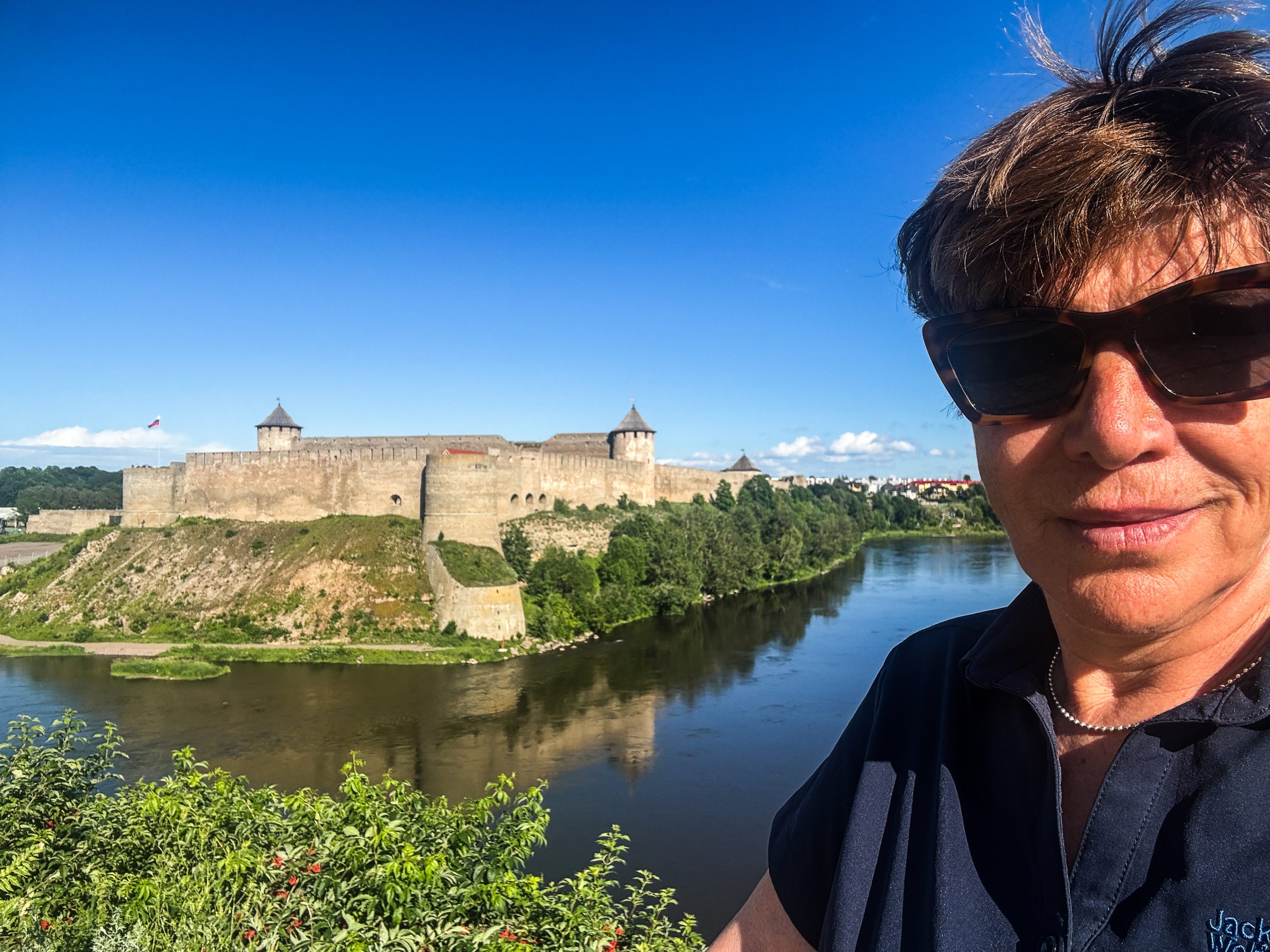
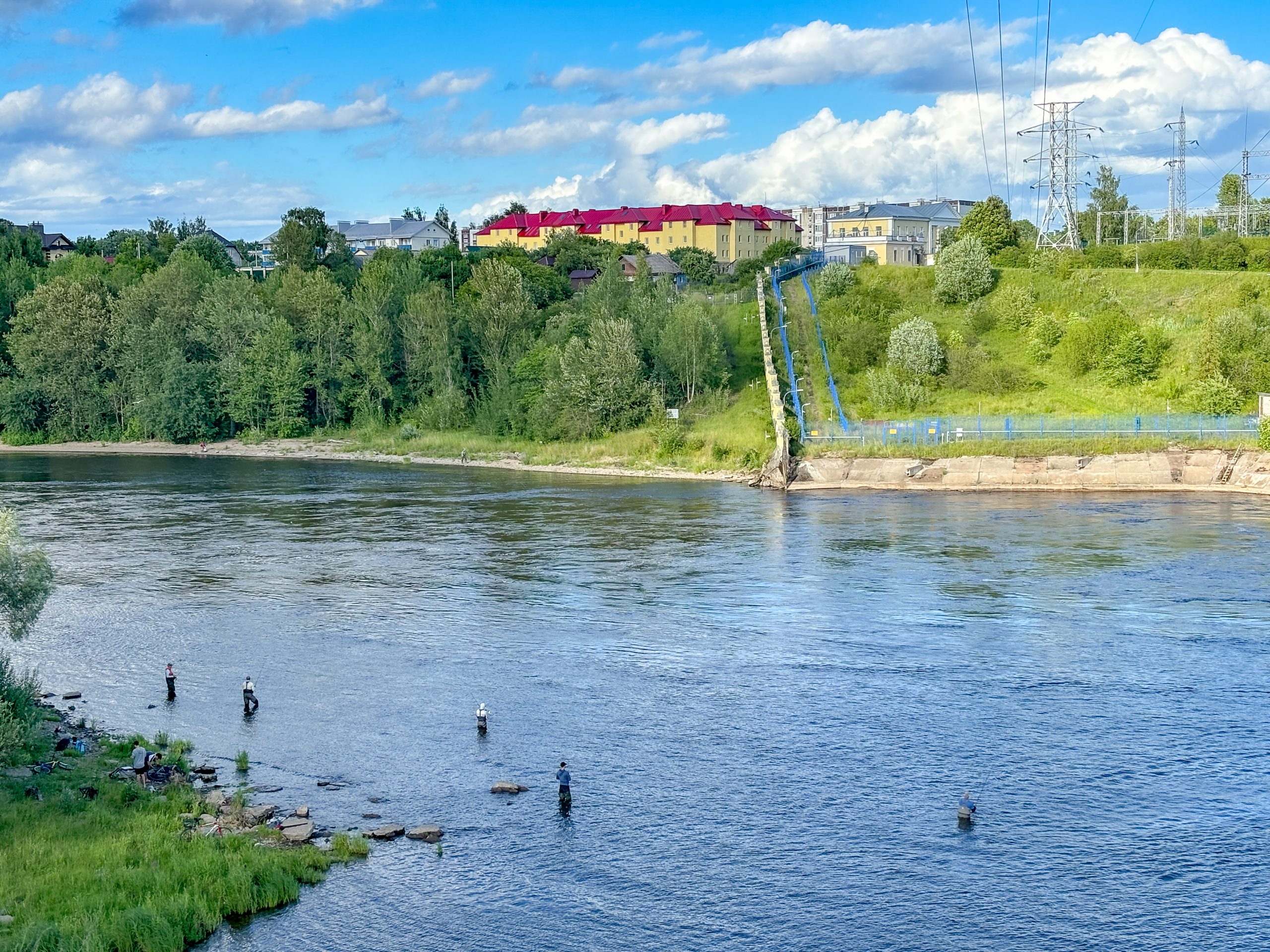
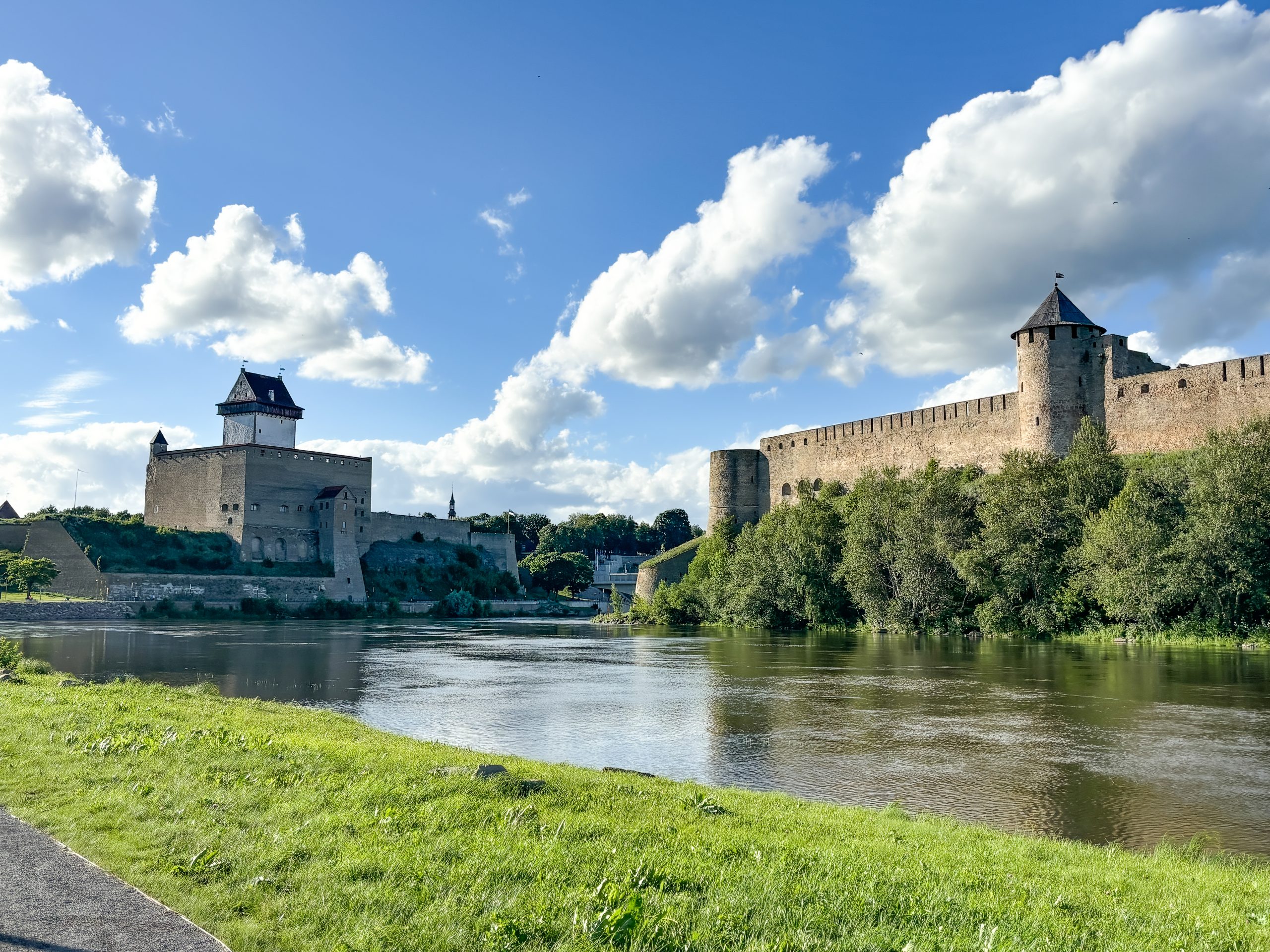
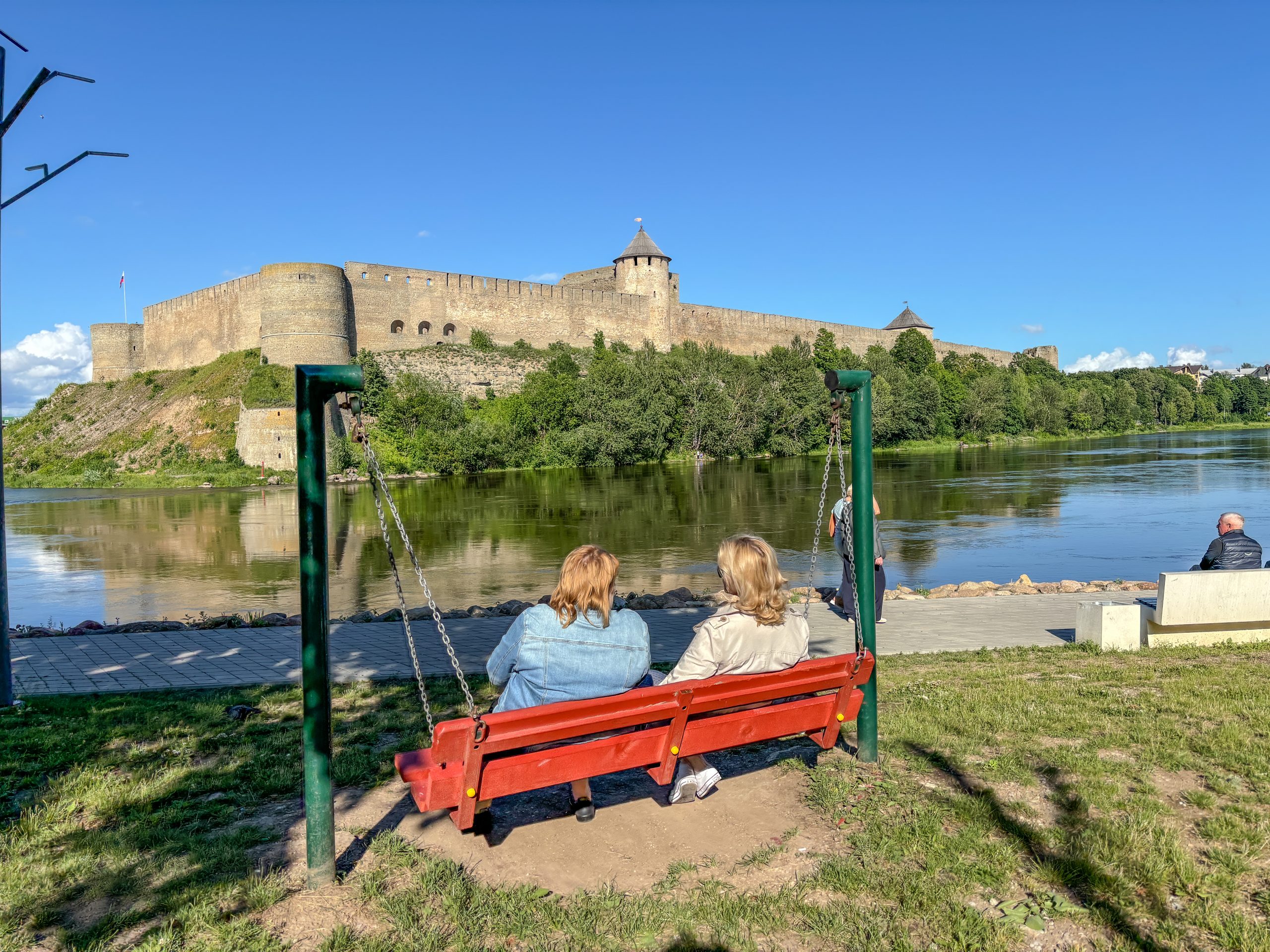
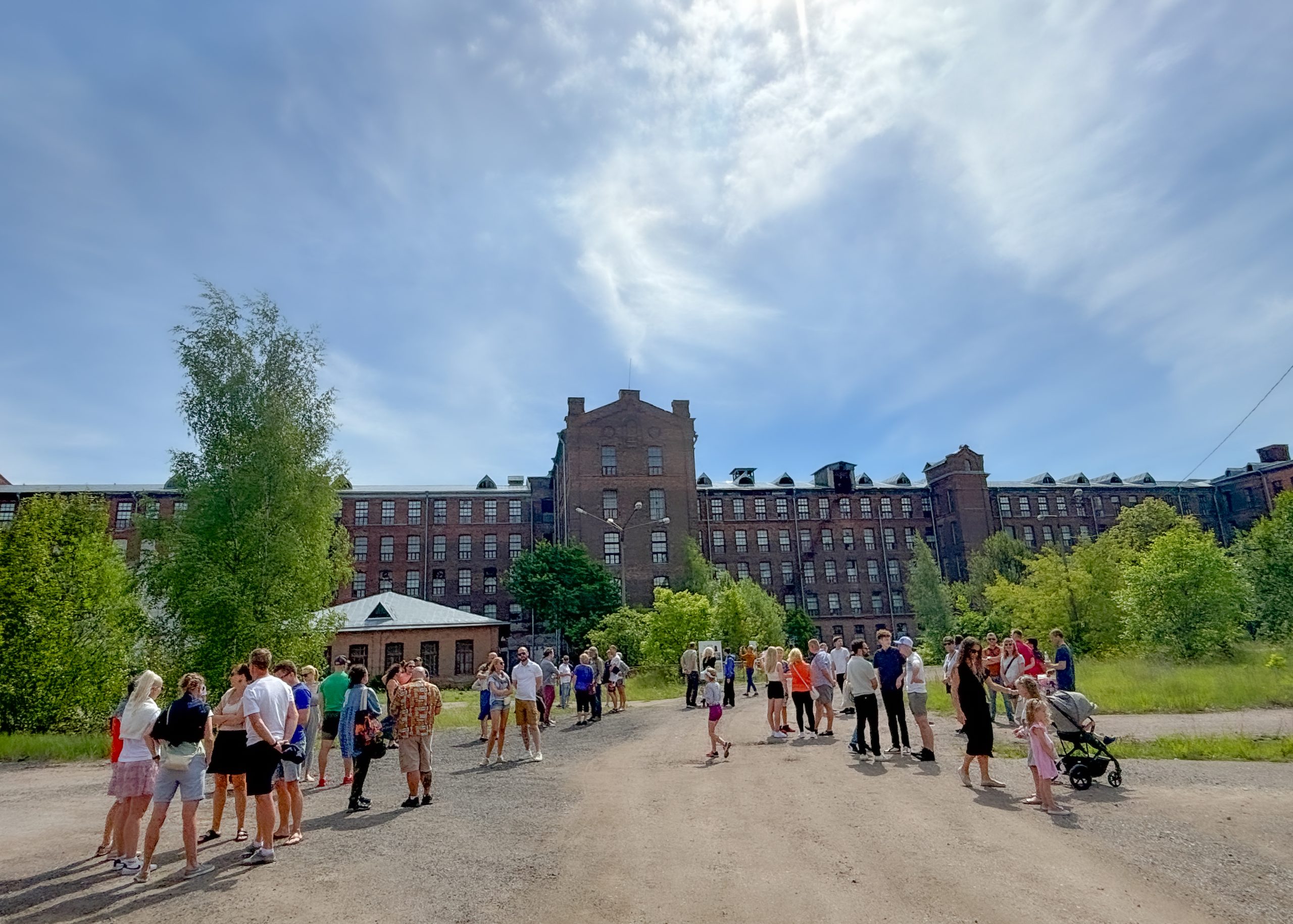
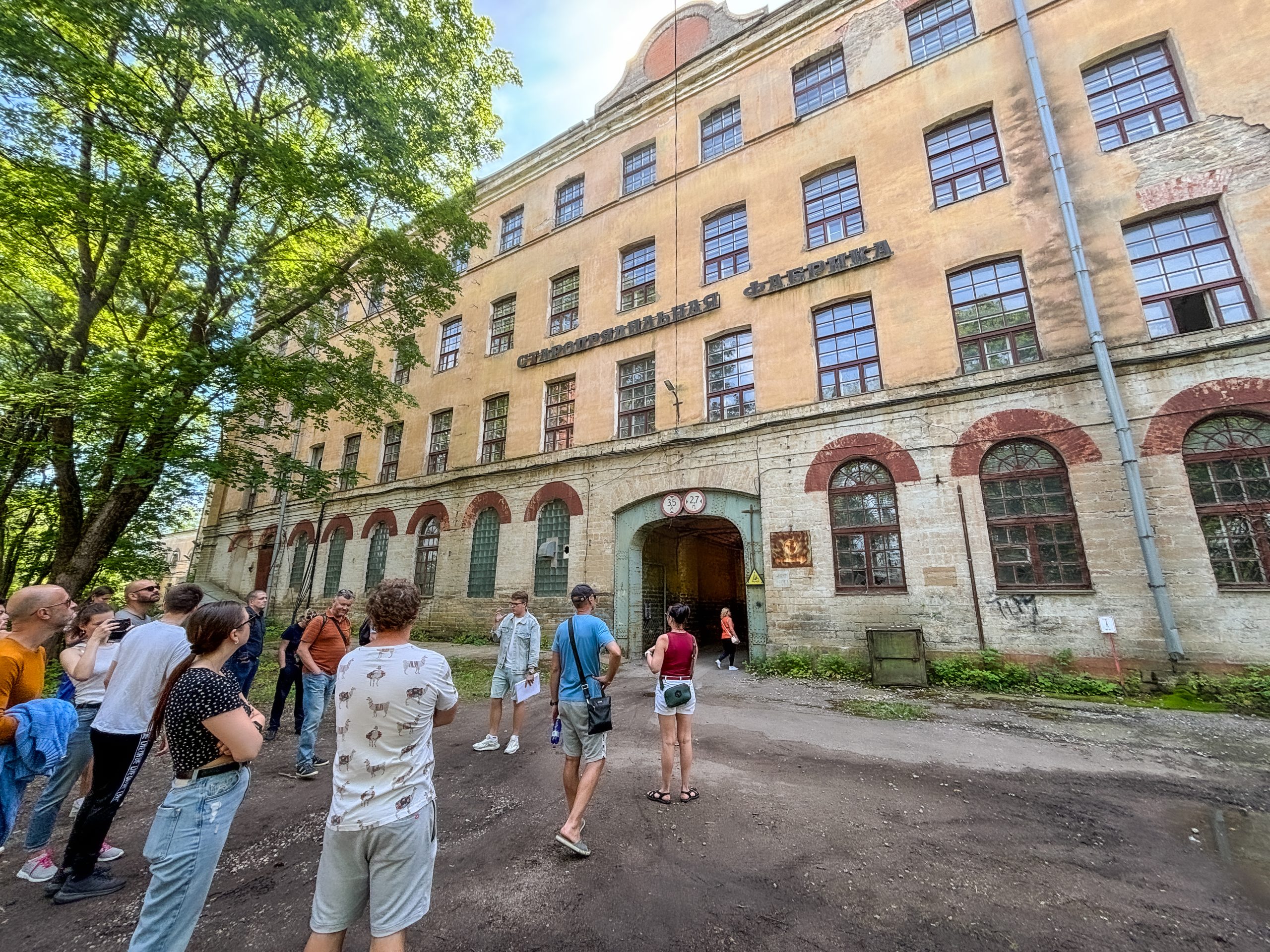
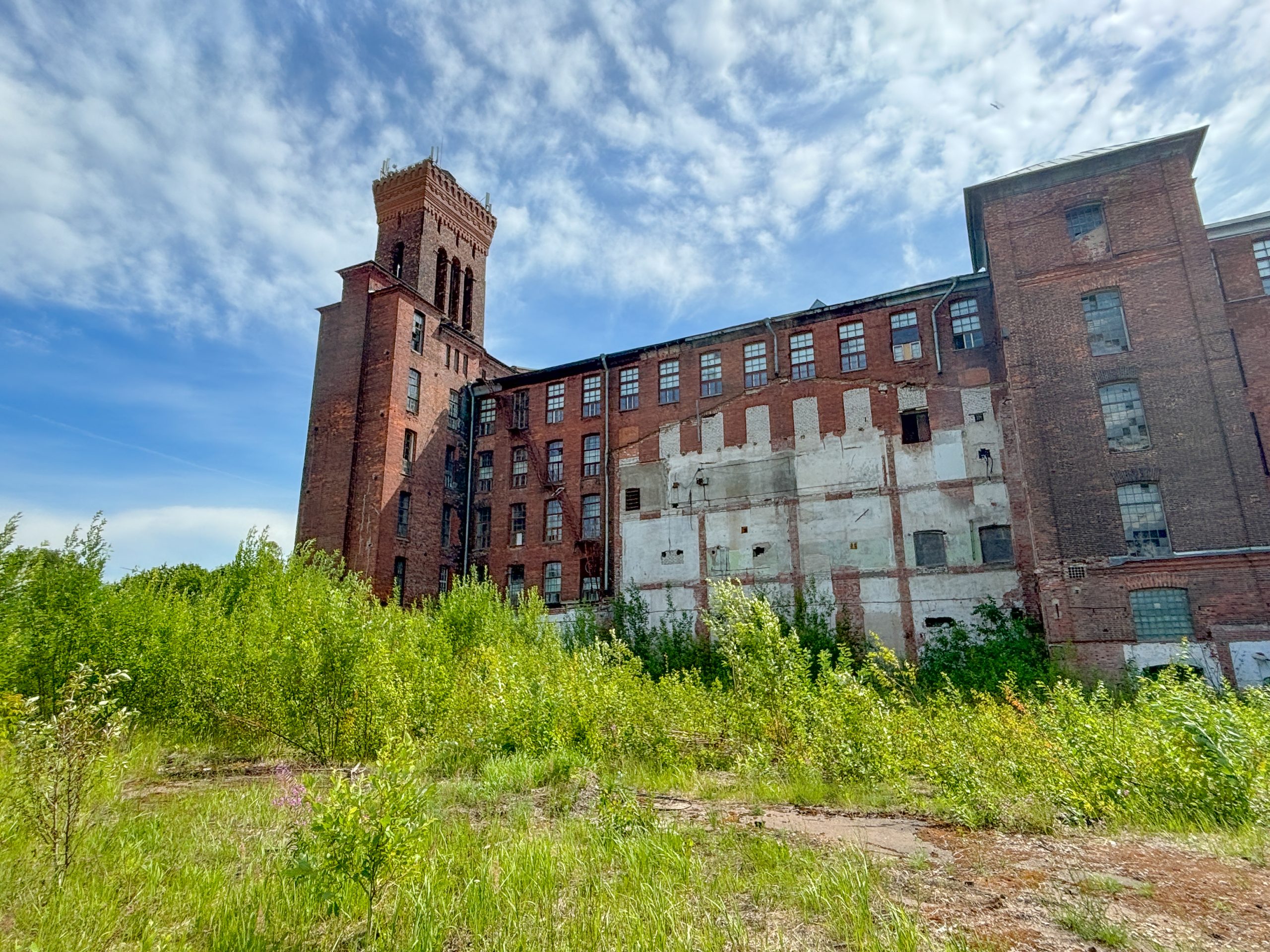
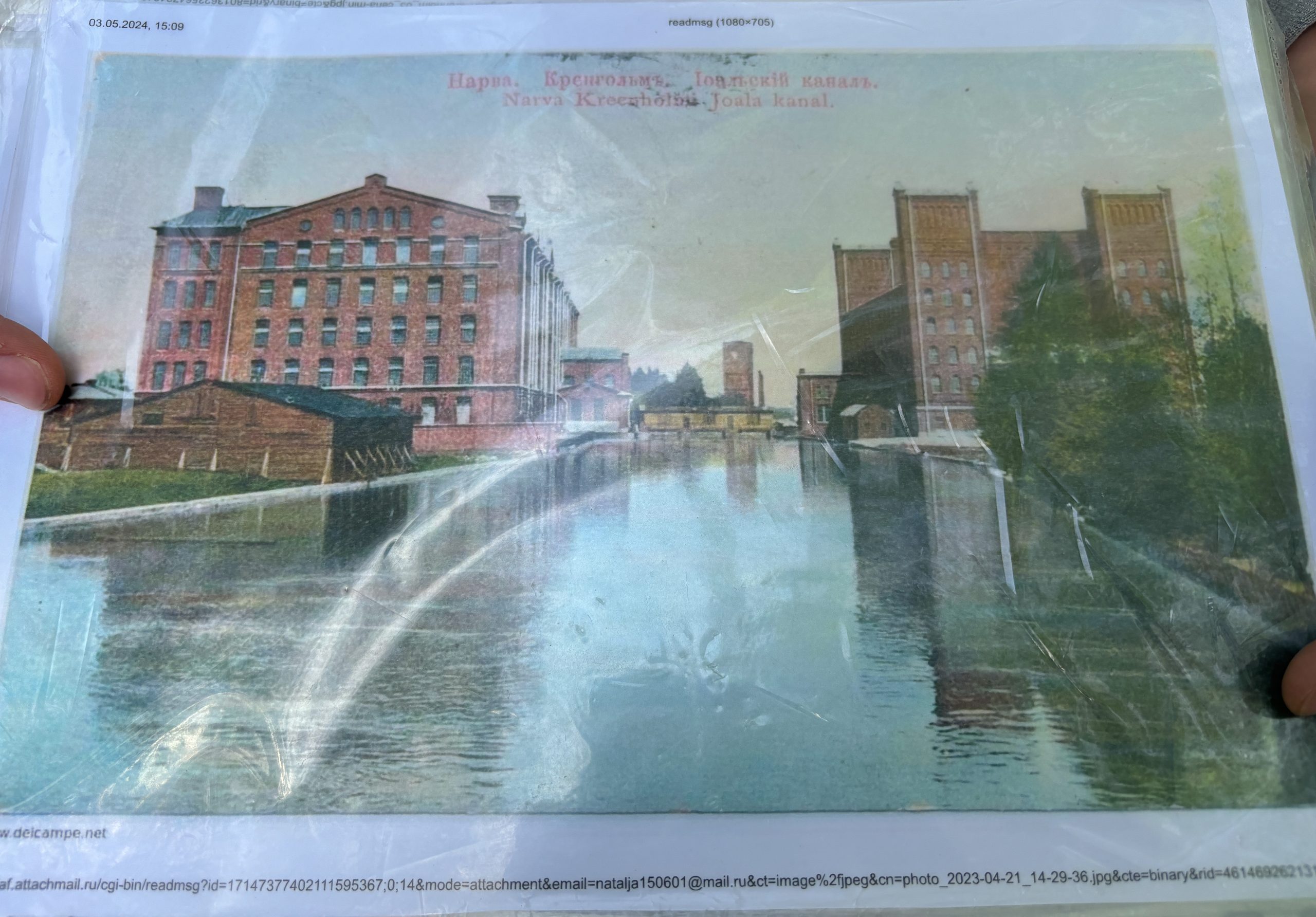
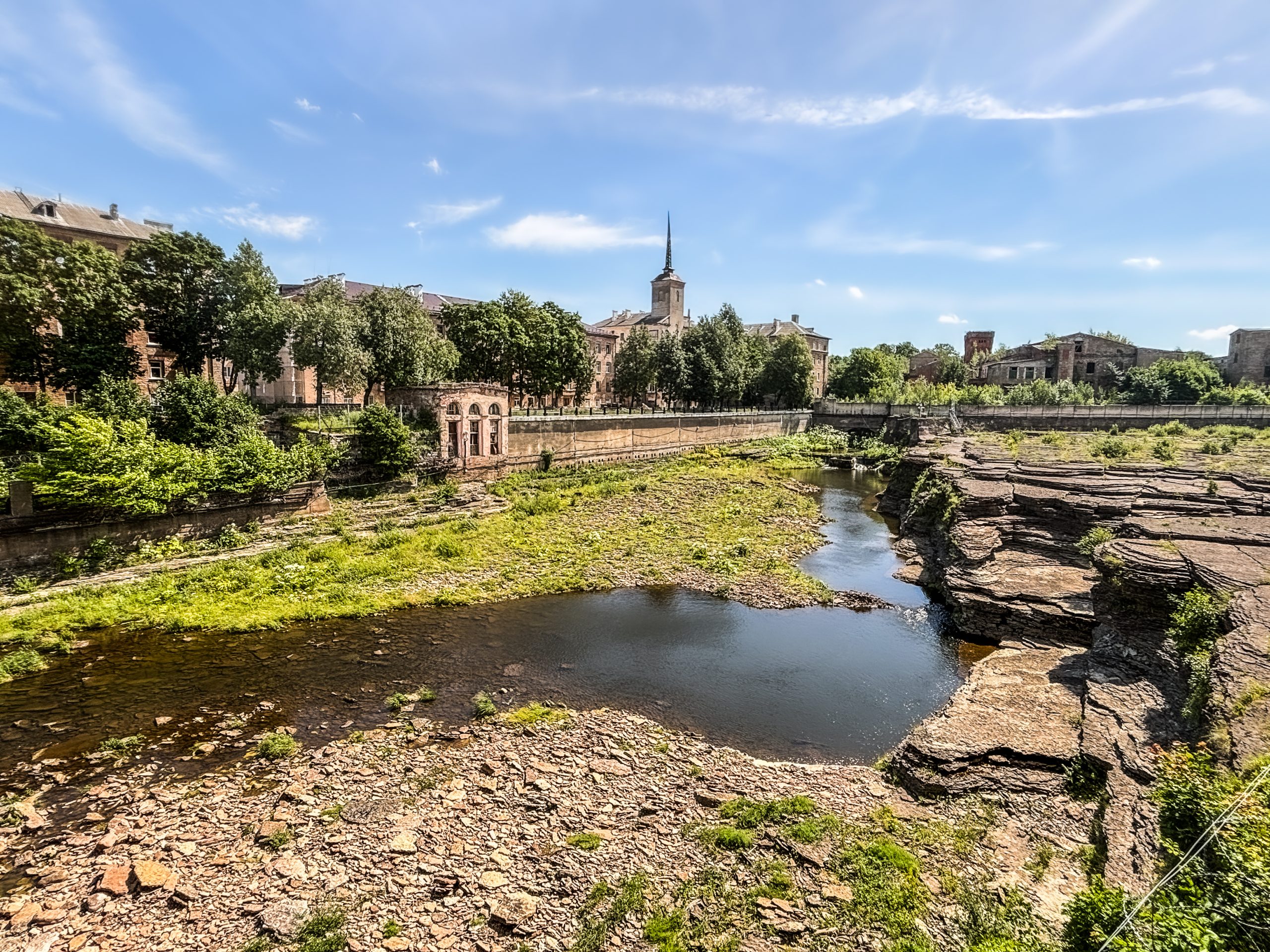
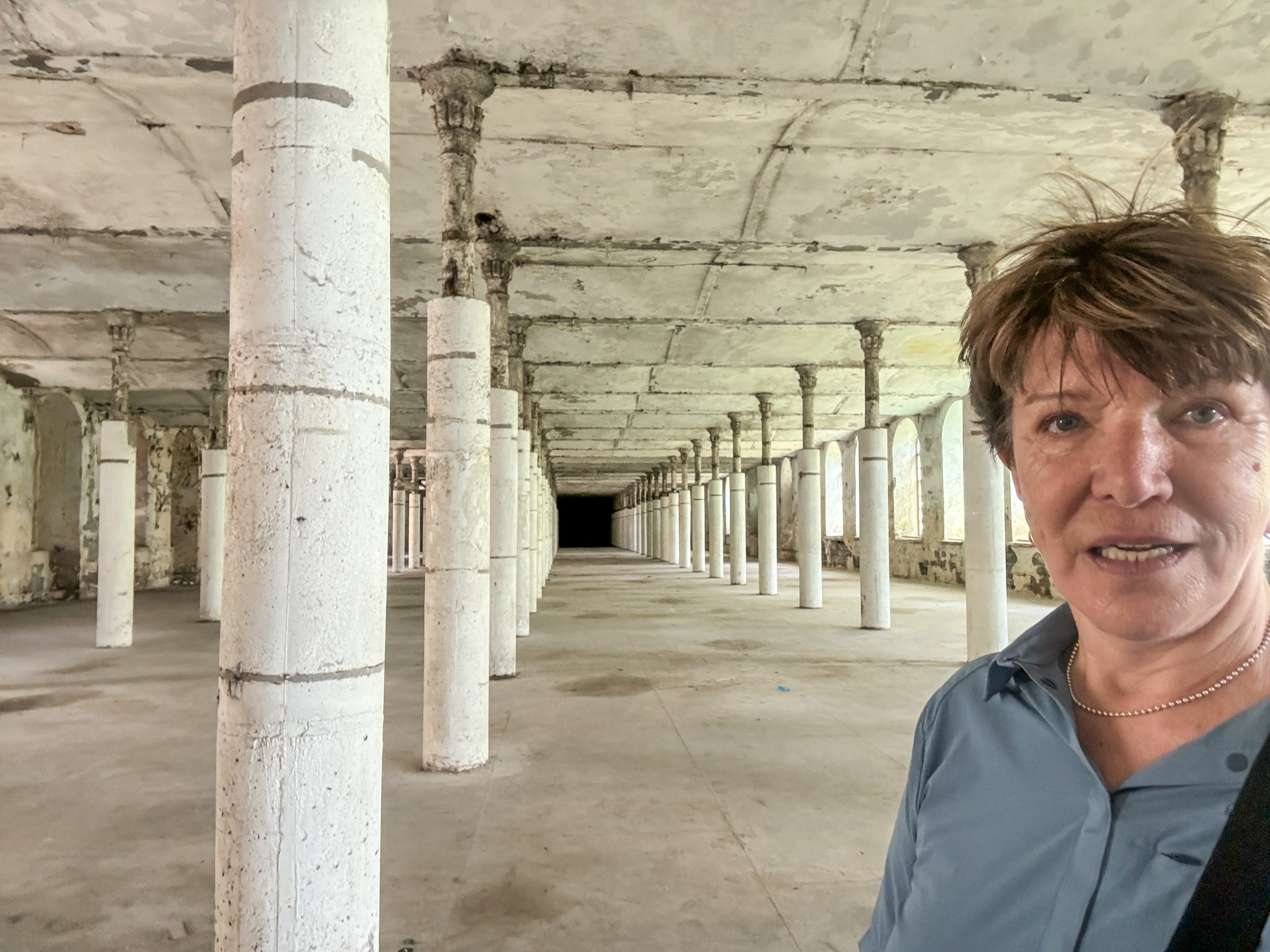
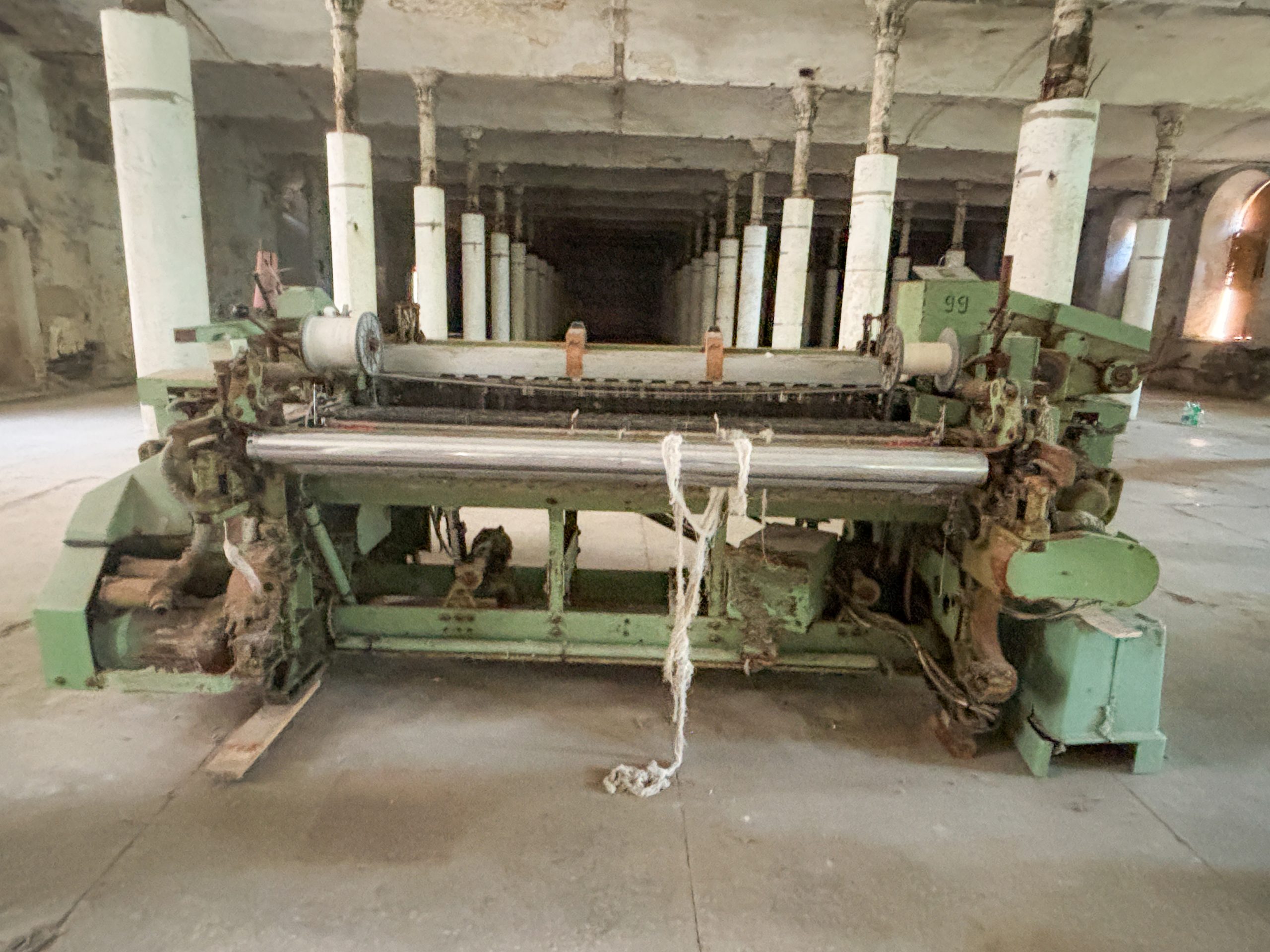
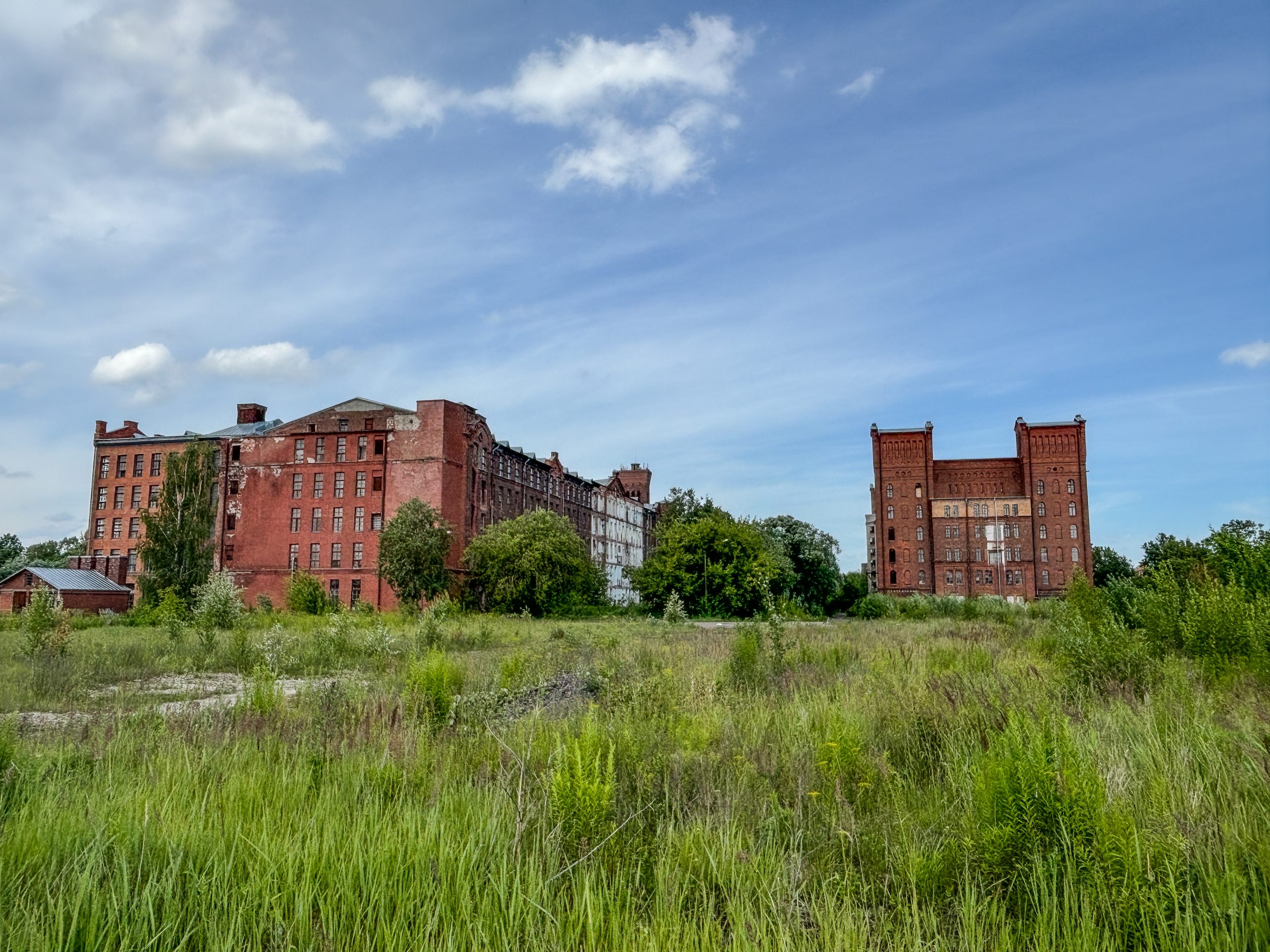
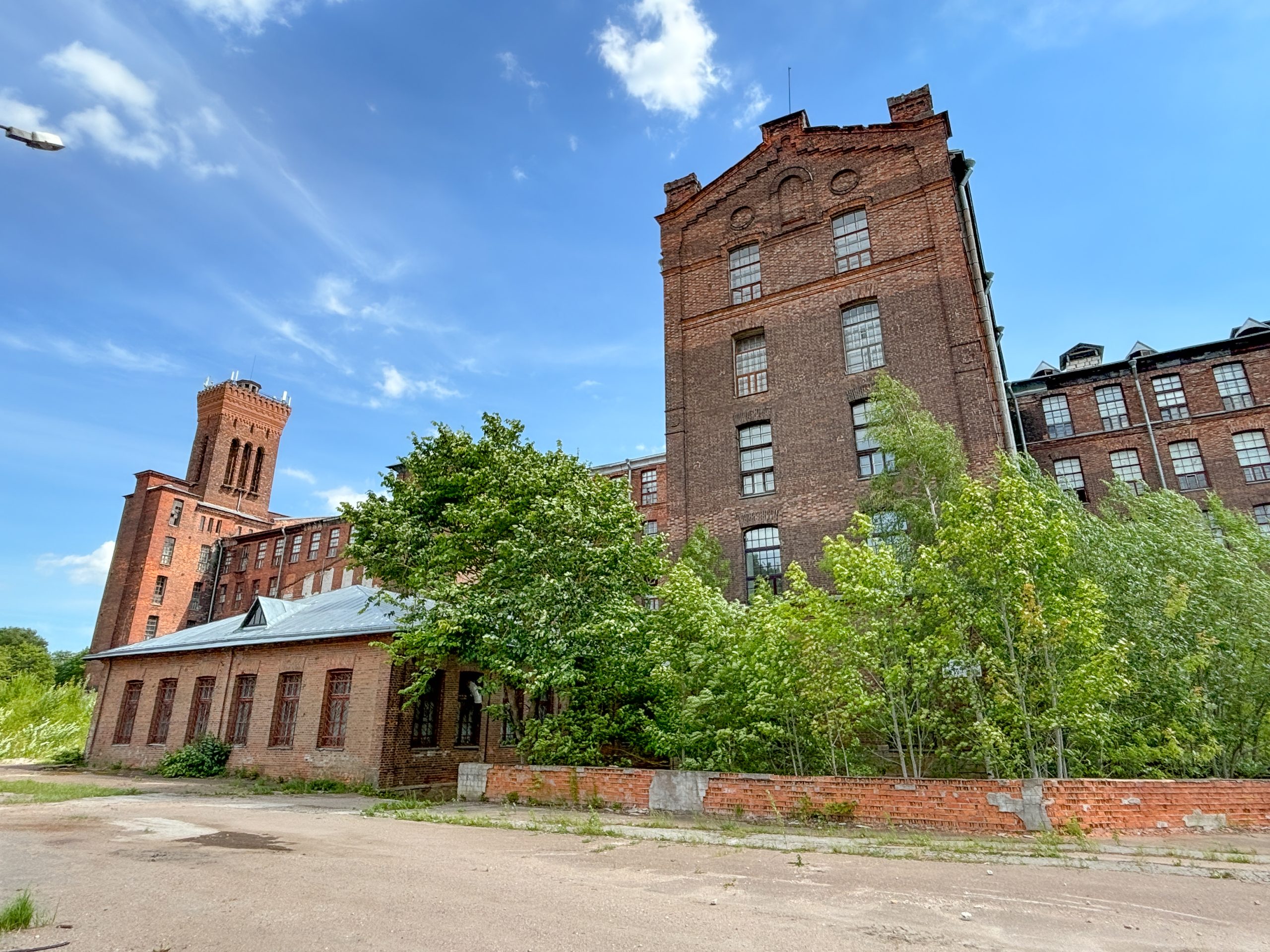
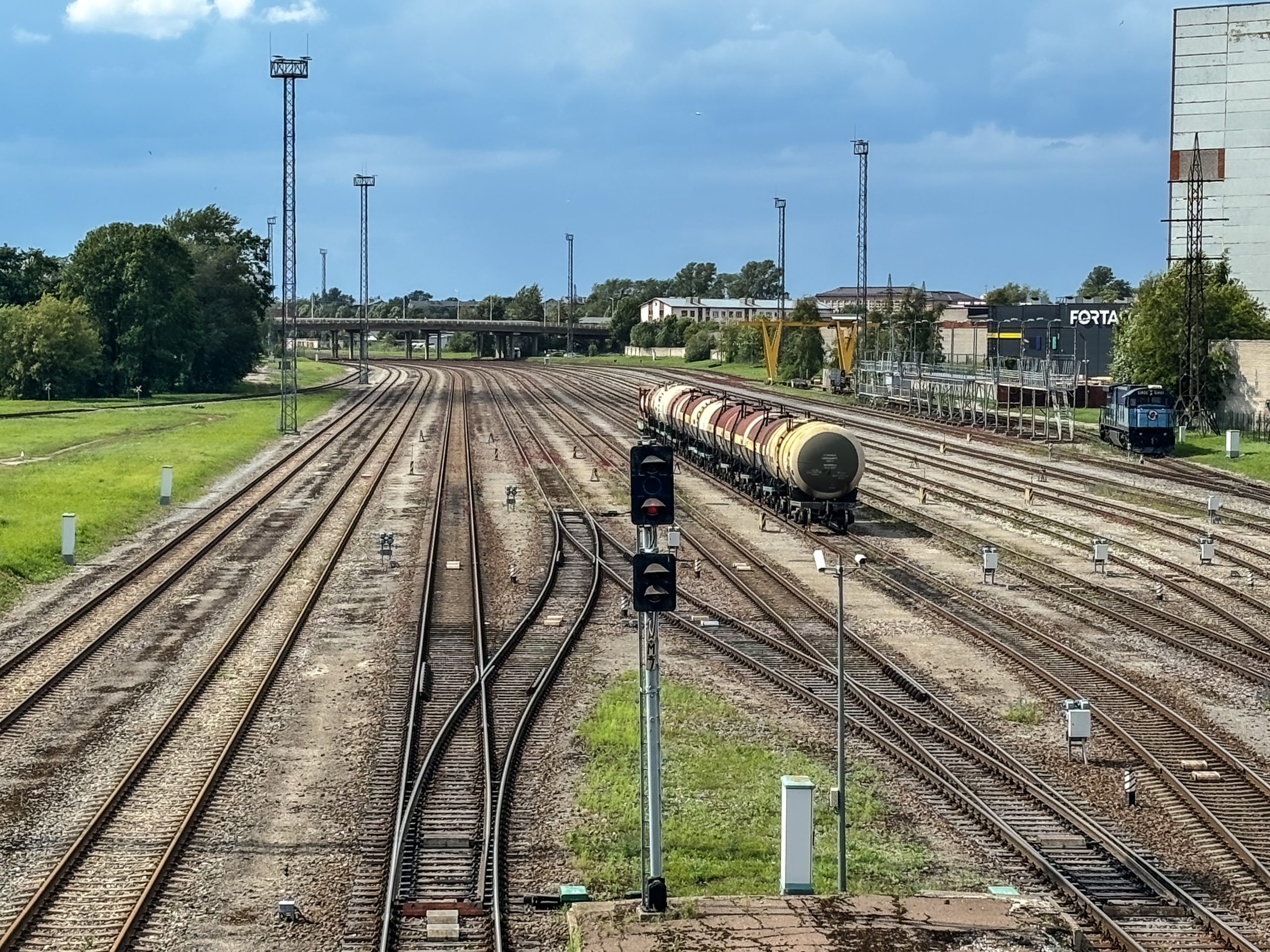
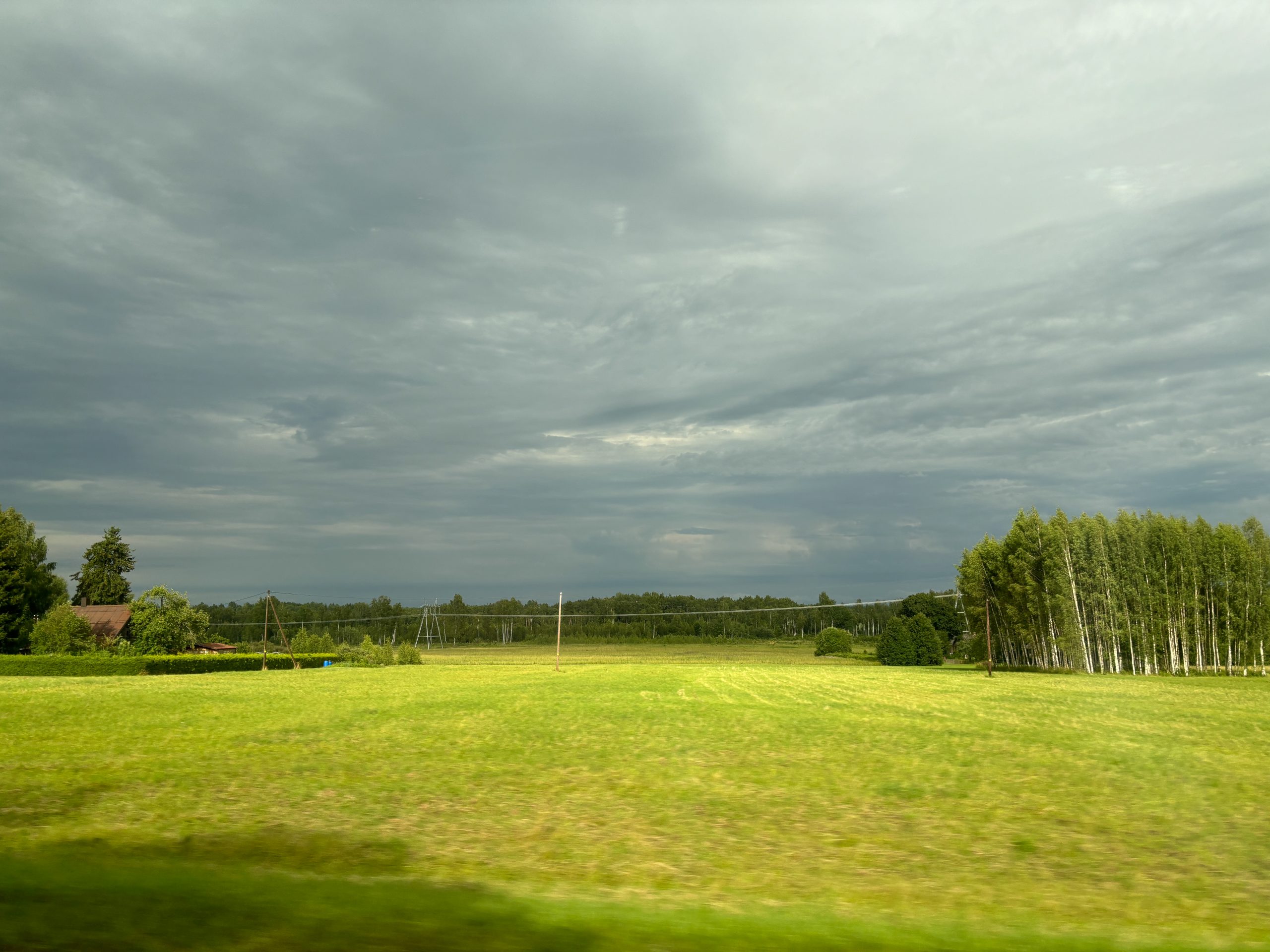

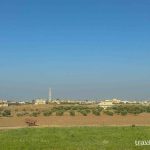
Leave a Reply